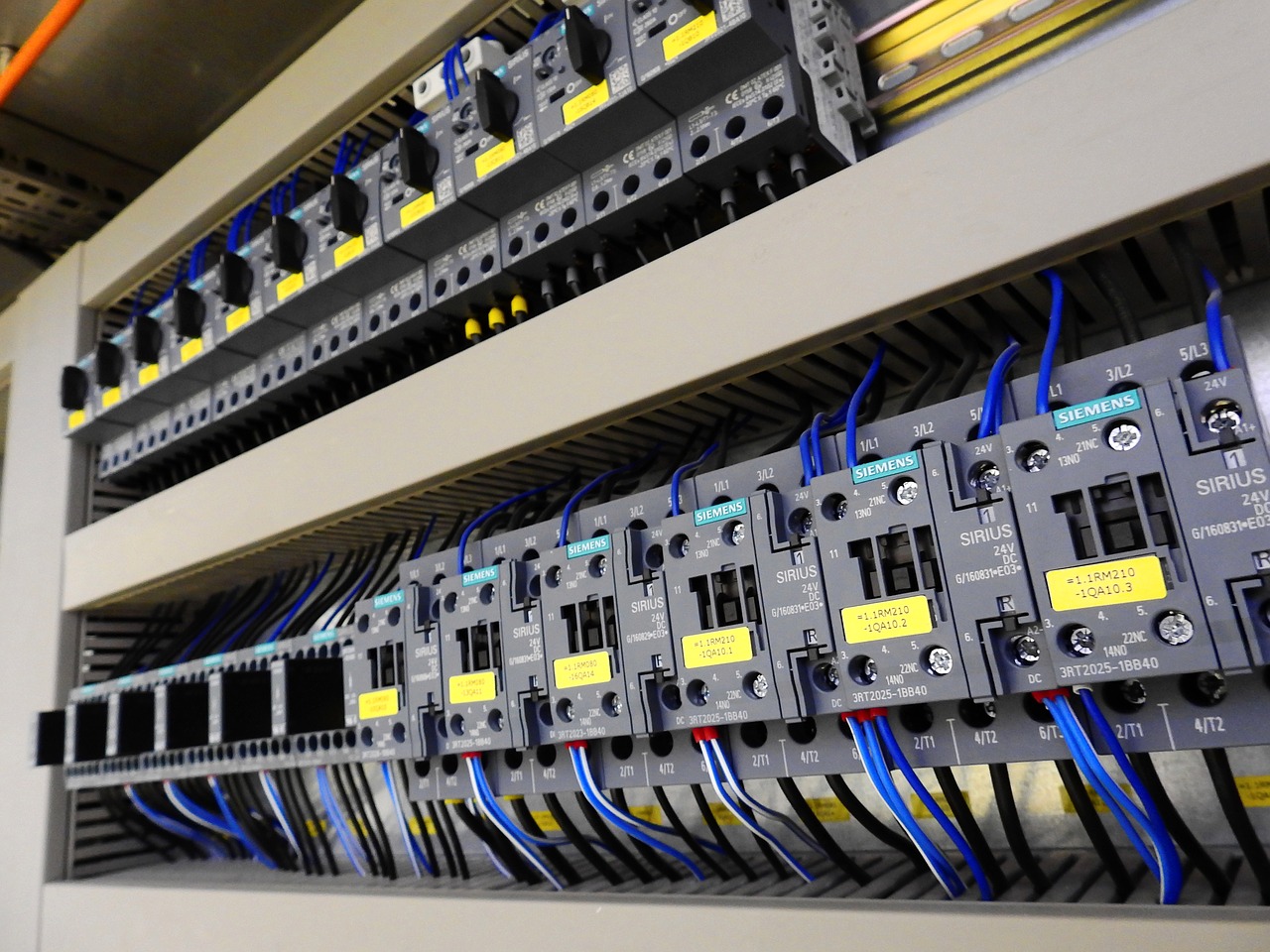At Power Products & Solutions, we constantly work with circuit breakers to keep electrical operations safe and functional. But what is the purpose of a circuit breaker, and how does it work? Take a look at the fascinating electrical science of this vital device.
Jump to:
- What Does a Circuit Breaker Do?
- How Does a Circuit Breaker Work?
- Trust Us for Circuit Breaker Maintenance and Repair
What Does a Circuit Breaker Do?
A circuit breaker acts as a distributor for electricity. You can find circuit breakers in homes, factories and any other place where people use power. In all these cases, an electrical company provides power through the electrical lines and feeds it to your building.
Your circuit breaker takes that power and divides it for various areas in the building. For a home, a breaker might divide power into two circuits for lights and appliances in the kitchen. In a factory, you might have a separate circuit for every machine.
If any of these circuits experience an energy overload, the breaker trips and shuts off the power to all connected devices. This process prevents damage to your equipment and stops fires from occurring.
How Does a Circuit Breaker Work?
When you look at your circuit breaker’s control panel, you’ll see a series of switches. There’s a control at the top called the main breaker, which shuts off all your power at once if you flip it off. A circuit breaker also includes two columns of switches — these are the branch circuit breakers that control the circuits to various equipment. Typically, you flip these switches when you have energy overload or short-circuiting.
While your control panel always receives energy from your electrical company through the lugs at the top of the box, the breaker cuts the connection to the building. Each switch is connected to an electromagnet or bimetallic strip, which completes the circuit and allows electricity to flow through the wiring.
As electricity runs through the electromagnet, it magnetizes the electricity. If the electrical wiring takes on too much energy, the magnet gains force and pulls down the switch’s metal lever. This shifts the entire link, breaking the circuit and stopping the flow of electricity to all connected devices.
With a bimetallic strip, the high electrical heat causes the metal to bend and shift the linkage to break the circuit. Without electricity, the electromagnet loses magnetic force, and the bimetallic strip loses its bend. Once the breaker trips, you can turn the switch back on and complete the circuit.
Trust Us for Circuit Breaker Maintenance and Repair
Circuit breakers are crucial to the safety of your building and equipment. If the circuit continues to take on more power than it can handle, a fire could start or your equipment could burn out. Proper maintenance and repair can help ensure your circuit breaker will continue to do its important job.
Power Products & Solutions offers circuit breaker testing to keep your energy in check. Keep your electrical usage safe and efficient with our services.
Do you want to learn more about how we can help? Get in touch with us today.

